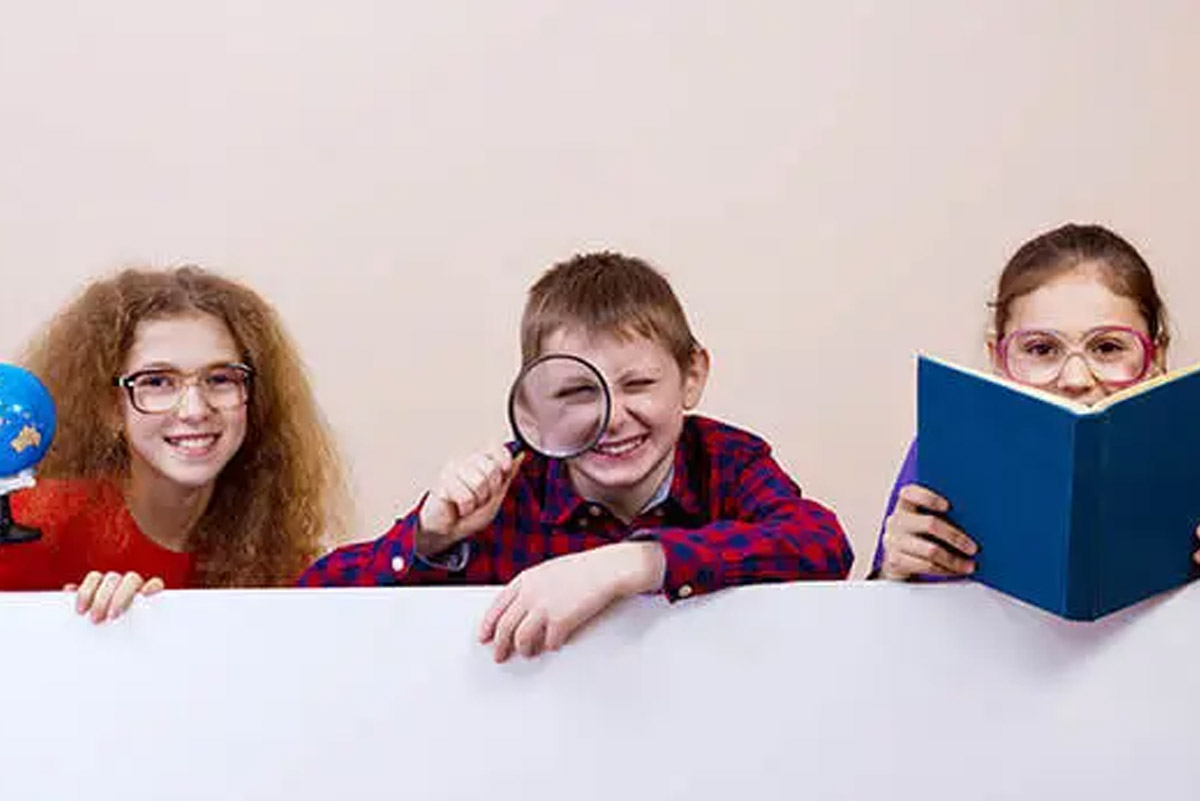Myopia (nearsightedness) is a growing global issue. By 2050, nearly half of the world’s population—approximately 5 billion people—will be affected by myopia. While the increase in myopia cases is alarming, there are steps you can take to reduce the chances of your child becoming part of this statistic.
What Is Myopia?
Myopia occurs when the eye elongates, causing light to focus in front of the retina, instead of directly on it. This makes distant objects appear blurry while close-up objects may remain clear.
Myopia typically develops during childhood, especially between the ages of 8-18, when the eyes are rapidly growing. It can worsen over time, and if left untreated, myopia can increase the risk of serious eye diseases like cataracts, macular degeneration, glaucoma, and retinal detachment—conditions that could lead to permanent vision loss.
How to Know if Your Child Is Myopic
Here are some signs that might indicate your child is experiencing myopia:
- Blurred Distance Vision: Your child may complain that they can’t see the board or objects in the distance.
- Headaches: Myopia can cause eye strain and lead to frequent headaches.
- Head Tilting or Squinting: If your child tilts their head or squints to see clearly, this could indicate myopia.
- Looking Too Close: If they move closer to the TV or squint while reading, it could be a sign of myopia.
What Parents Can Do to Slow Myopia Progression
- Encourage Outdoor Play: Studies show that playing outdoors for at least 90 minutes a day, especially in sunlight, can slow myopia progression.
- Limit Screen Time: Reduce the time your child spends on close-up activities like reading and using digital devices.
- Maintain Proper Screen Distance: Ensure your child’s screen is at an appropriate distance from their face.
- Teach the 20-20-20 Rule: Encourage your child to take a 20-second break every 20 minutes of screen time by looking at something 20 feet away.
Diagnosing Myopia
Myopia can be diagnosed through a comprehensive pediatric eye exam. The eye doctor will use a visual acuity test (with an eye chart) to determine if your child has myopia. Additional tests may be performed to assess the degree of refractive error and the health of the eyes.
Can Myopia Lead to Blindness?
If left untreated, high myopia increases the risk of serious eye conditions such as cataracts, retinal detachment, and glaucoma. These complications can sometimes lead to blindness, which is why routine eye exams are crucial for early detection and management.
Protecting Your Child’s Vision
Regular eye exams are essential to detect and manage myopia early. Schedule an appointment with an eye doctor at Eyes on Group in Worcester today for an eye exam. Early intervention can prevent further complications and help preserve your child’s eyesight.
Q&A
How is myopia diagnosed?
A comprehensive pediatric eye exam will be conducted by your eye doctor. This includes visual acuity tests and retinal evaluations to determine the extent of refractive errors.
Can myopia lead to blindness?
Yes, high myopia can lead to severe eye conditions like cataracts and retinal detachment. Regular eye exams can help prevent these issues from worsening.
Quality Frames for Prescription Eyeglasses & Computer Glasses at Eyes on Group in Worcester. Schedule an appointment today!
